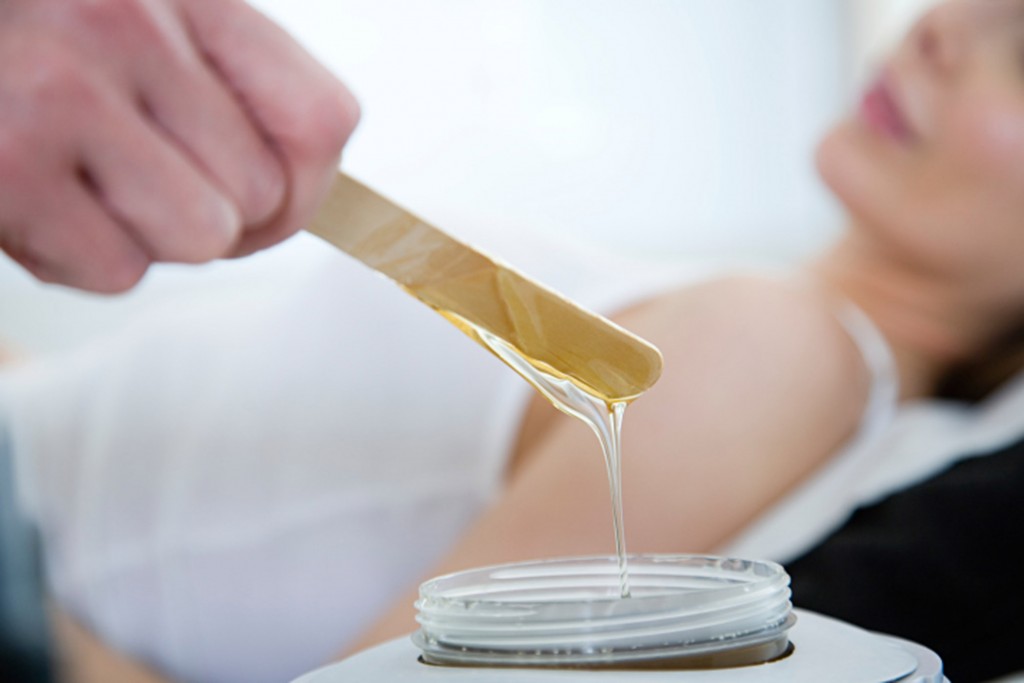Pregnancy is a wonderful time for most women as they celebrate the gift of life. It may also be a time of many bodily changes. Many experience that special pregnancy glow that makes them even more beautiful. There are however, some changes which are not as positive as this.
One of this is changes in hair growth. As a result of the shift in hormone levels in a woman’s body, how hair grows is affected as well. The amount of hair growth often sends many expecting women to find ways to eliminate these. Being an effective hair removal method, waxing is often a go-to, but is it really alright? Here’s what you should know.
Why is There so Much Hair?
Some lucky women experience a decrease in the amount of body hair during pregnancy. On the other hand, most will go through what seems like a hair growth spurt. Hair on the legs and underarms may seem to grow double time. Not only does hair grow more quickly, but it can make appearances on your body that used to be hairless. The back, upper lip, breasts and stomach are some common places to suddenly see hair growth.
As mentioned earlier, hormone levels in the body change greatly during pregnancy. Androgens and cortisol in particular, which are responsible for stimulating hair growth, are plentiful during this time. These help with the development of baby in utero, and make you hairy as well. The same hormones also make hair appear to be darker and thicker, making it even more visible on the body.
Getting Rid of It Safely
There are many different hair removal methods available to women. However, not all of these are recommended during pregnancy. Laser hair removal for example is definitely not advisable due to the presence of amniotic fluid which can act as a conductor of electricity. Depilatory creams are also not a good choice since these contain chemicals which may not be safe for the fetus.
According to the American Pregnancy Association, manual hair removal such as shaving and waxing are the safest options. While shaving is painless and cheap, it may be difficult and tedious to do. Waxing on the other hand, may be more painful but it provides long lasting results and prevents you from having to keep removing hair more often. Experts also note that there is little chance the skin will absorb the wax being used.
This makes the risk of chemical exposure low. Despite this, some pregnant women may still be wary. In such cases sugaring can be opted for. This works the same way as waxing, except a natural caramelized mixture of sugar, lemon and water is used in place of commercial wax.
Of course there are some things to still keep in mind when waxing during pregnancy. Also, it is still always best to talk to your doctor before getting waxed.
Skin Sensitivity and Risks
It is no secret that waxing can be a painful procedure. It can be even more so for pregnant women. During pregnancy the body works double time to pump blood and deliver it to the various organs. The increased blood flow can cause the skin to become more sensitive than usual because of this.
As a result, pain, redness and irritation may be slightly more increased as compared to waxing when you are not pregnant. Some women prefer to have a test patch done on a non-visible area before continuing with an entire procedure. This will allow you to see how the skin reacts to the waxing during pregnancy. There are also options for making waxing less painful. Applying a soothing lotion may help, but do consult doctor first before using one.
While being generally safe, waxing is not advisable for pregnant women with certain conditions, particularly those with edema, high blood pressure and gestational diabetes. Edema can cause increased sensitivity and waxing can break the skin and cause infections. For high blood pressure, the heat can affect the blood vessels. Lastly, advanced complications in diabetes can lead to difficulty for the body to regulate temperatures. This poses as a danger since burning can easily occur if the heat from the wax is not felt.
For women undergoing a normal pregnancy, the only risk at hand is infection. Since hair removal can leave the hair follicle exposed, bacteria and germs may easily enter the skin. Infections can also be passed on if tools are double dipped into the wax, or not changed in between clients.
On the whole, we can say that waxing is safe for pregnant women undergoing a normal pregnancy.
It is perhaps the best way to stay hair free during the next nine months. With some pain management, the process can be made more bearable. Risk for infection can also be avoided by going to a clean and reputable waxing salon.
